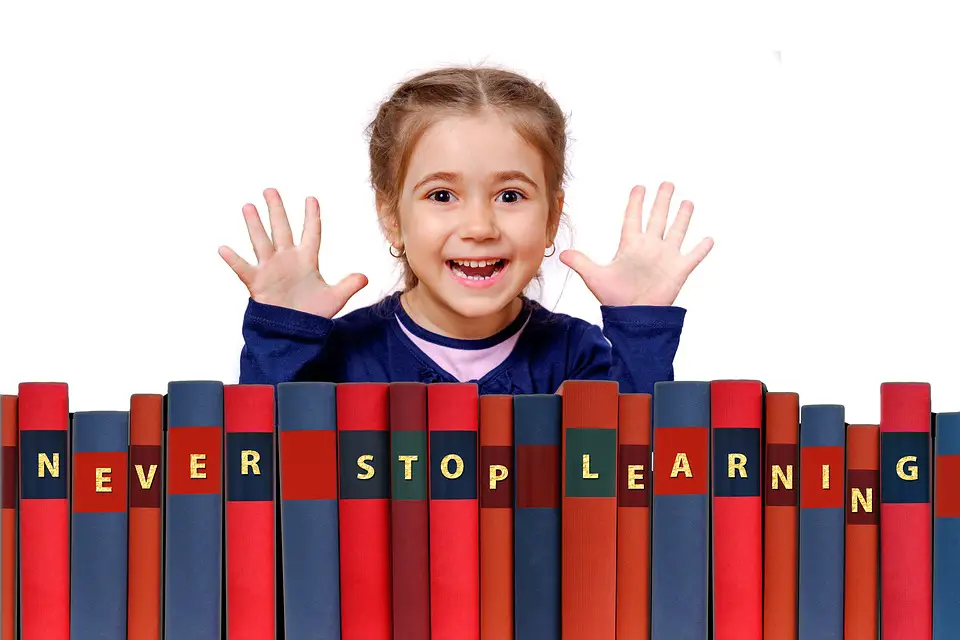Do you have kids who are beginning to read? Do you want them to grasp the technique well? If yes, then different phonemic awareness activities can help them progress better.
Being able to identify and distinguish different alphabetical codes and sounds will enhance their listening, reading, and speaking abilities. Phonemic awareness is an important skill that must be taught in the early learning days of your children.
We want the kids to learn while they have fun. For this reason, this article discusses some of the best phonemic awareness activities for kindergarten, so that reading time is playful and exciting.
Great Phonemic Awareness Activities For Kindergarten
Kindergarteners will enjoy engaging activities the most. Entertaining activities will get them excited and make them look forward to learning. You can develop many such activities with basic stationery supplies. Let’s take a look at some of these phonemic awareness activities that will get a crowd of kindergartners eager to read.



Singing or reading rhyming words will help the kids pay attention to the sounds of words.
This way, they will realize that a little change in the sound of the alphabet can make a new word. A great way to conduct this activity is to use books that appeal to the kid’s sense of humor with rhymes.
Engaging with a story and learning new sounds along the way will keep them focused too. Singing rhyming poems is another way to use rhymes for phonemic awareness.
Singing will get them excited and energized to learn.
Repeating after each rhyme thrice will accustom the kids better to the sounds. Small and easy rhyming words like cat, hat, bat, etc., are a good place to start.
Moreover, using words for objects that the little children recognize would also make the whole learning experience worthwhile.
Find more information on this fun activity at momjunction.com.
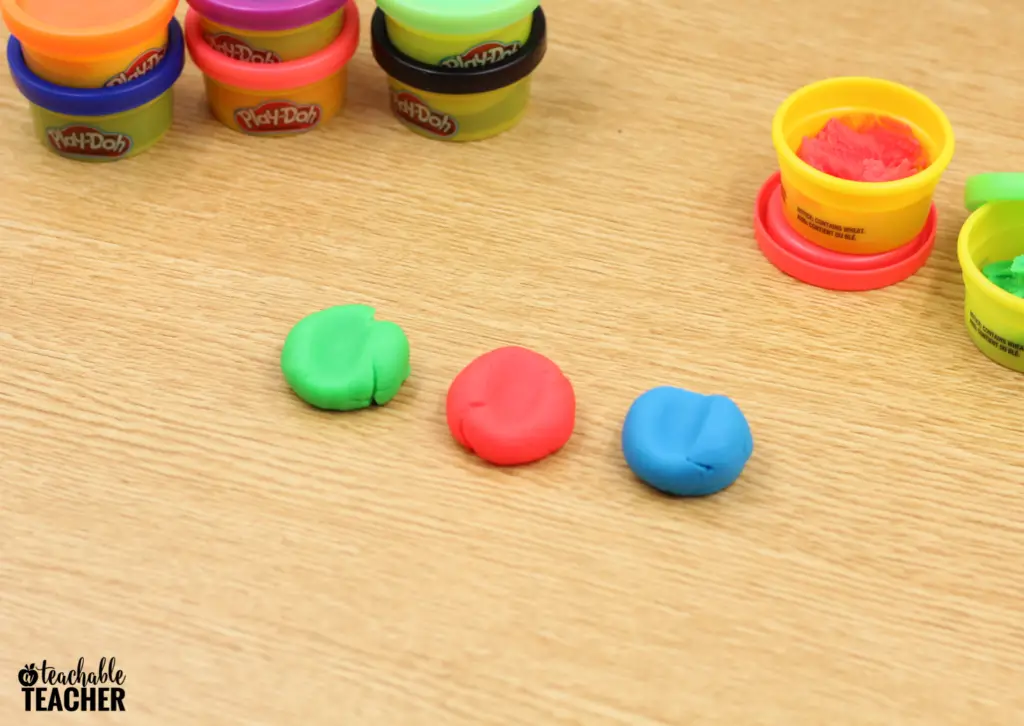


Kids love playdough. The bright colors and soft consistency are such a nice feeling to play with.
Now, if we combine playing with play dough and learning together, we will make the kids happy and excited to learn. Here’s what you need to do.
Give each child some playdough and ask them to separate it into three to four small balls, depending upon the number of sounds in the word that they are going to spell. It will be even more fun if they have different colored playdough balls.
After that, ask them to align the balls in a line and smash each one as they make the sound of the alphabet.
For this activity, using party favor playdough tubs would be a good size for it would have enough for every kid.
At the end of the activity, you can easily gather all the playdough and put it in their tubs, making cleaning up very easy.
To understand this activity better, visit ATeachableTeacher.com here.


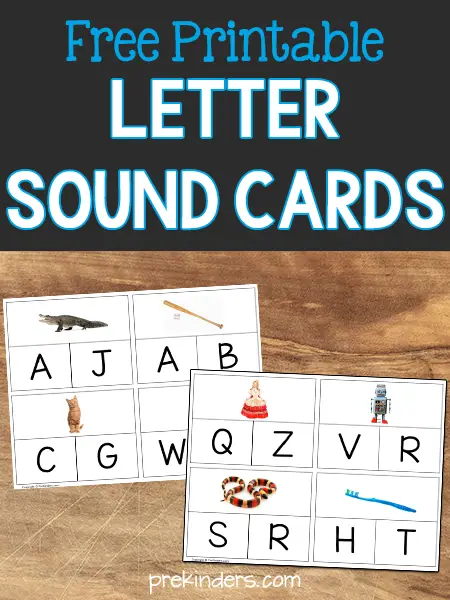
Learning new sounds can be overwhelming for little children, especially when they have to match them with the object whose name they are learning to pronounce.
Nonetheless, they must learn to do so.
This activity makes learning sounds and relating them to objects and things much easier.
You can download printable cards that have a picture of the object, for example, an animal, and two alphabet options to choose from. The children will look at the picture and choose the alphabet with which the name of the object or thing starts.
They can point at the alphabet or put a bingo chip on it while they sound it out. This will help them use their visual senses in coordination with speaking as well.
Free downloadable printable cards are available, along with more information on this activity at PreKinders.com.






We have another sitting game for parents and teachers looking for ways to introduce phonemic to kindergartners.
This game would be fun for kids because it lets them pick out their mistakes.
To conduct this activity, invite the children to sit in a circle with you. Tell them to close or cover their eyes. Then you will read or sing a familiar book or poem to them.
When doing so, change the wordings to something else. You can also reverse the words.
For example, say baba red sheep instead of baba black sheep or say twinkle twinkle star little instead of twinkle twinkle little star. Challenge the children to detect these changes and when they do, encourage them to explain what is wrong in the sentence.
You can revisit the game again and again over the year with increasing difficulty and track their progress. The game is especially helpful for awareness of words, syntax, and phonemics.
You can get more detail and examples of word switch-ups at ReadingRockets.org.
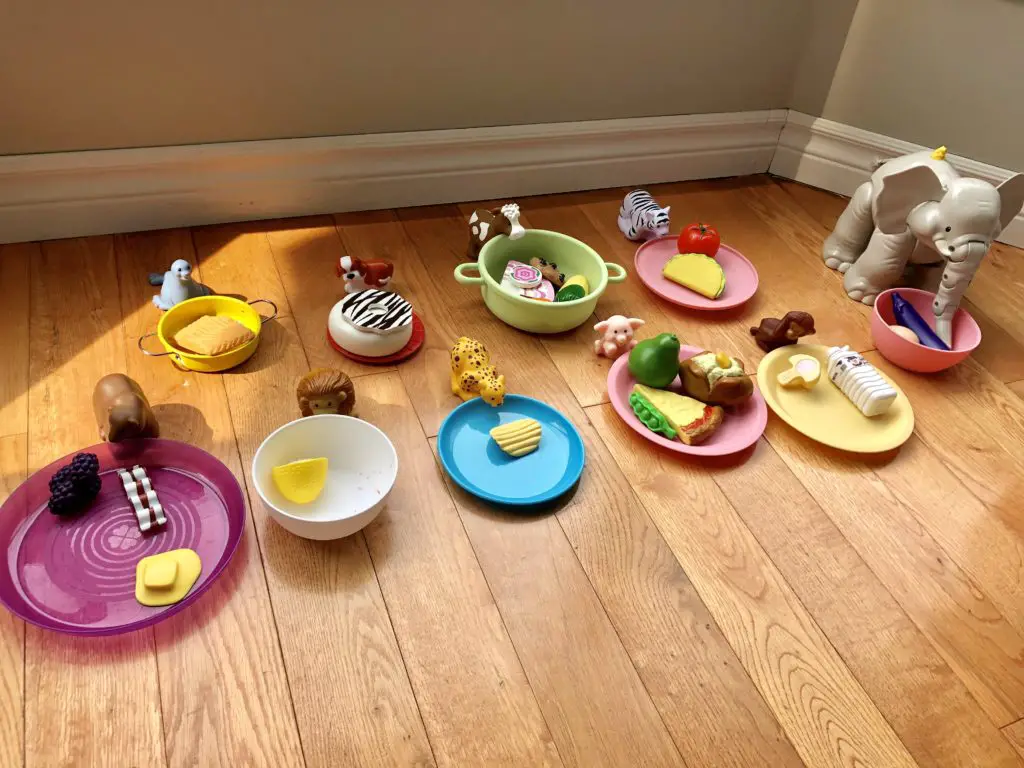

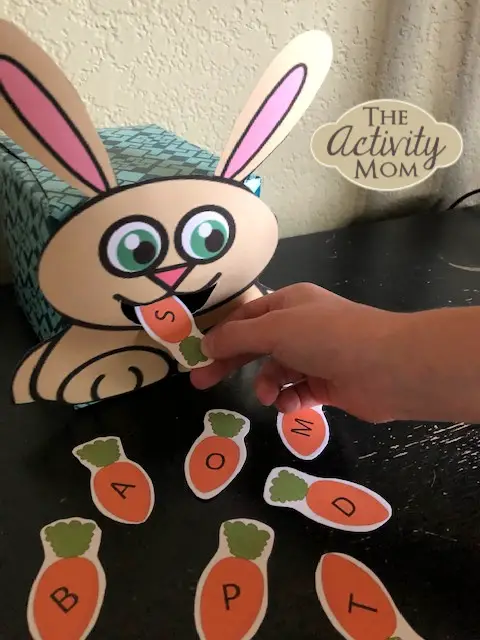
Matching beginning sounds is a very efficient way to introduce phonemic to your children.
A fun activity with a little drama or story will get your kids instantly engaged in it. Here we have a similar one for you. What you need to do is get some stuffed animals and toy foods.
The beginning sounds of food and animals should match. For example, buy lemons for lions and milk for monkeys.
Set up a little play by arranging the animals in a line and asking the kids to bring each animal their favorite food. The beginning sound of the animal and the food should match.
Your kids will enjoy the whole set up and get accustomed to phonemic sounds too. Also, it is a suitable game for any number of children.
If you want to know more about this game, head over to ThePlayBasedMom.com
What Supplies Are Needed For These Activities?
Most of these activities require supplies that are already lying around the house or classroom or are very easily available. For card games, you can get chart papers or cardboards from the nearest craft store. Decorate them in bright colors and add pictures or stickers of objects.
For pictures, you can print cutouts that are easily available on the internet. Some activities require printable pictures that you can download from the linked website.
Bingo chips are cheap and can be used for various activities, especially those involving picking an answer. You can get these from any game shop as well. It is always a good idea to buy craft size playdough in different colors. Playdough cannot only be used for learning but is also a great way to keep the kids busy during playtime or crafts class.
You will also need stuffed toys and toy foods for one of our games. Lastly, get access to a computer or a laptop for playing online learning games, songs, and rhymes for your kids.

Conclusion
Kindergarten is the ideal age to start introducing your four-to-six-year-old to phonemics. Learning sounds and their placements in words is necessary for listening, reading, and speaking.
But for kids to learn effectively, teachers and parents must make the learning time fun and engage. There are various games and activities designed to promote phonemic awareness in children. Rhymes, songs, matching pairs, and stories can be used to develop fun and exciting games so that your little ones look forward to learning.
People Also Ask
We understand that teaching little children could be tricky. Teachers and parents want to impart knowledge in the best way possible to kids. And for that reason, they might have some more questions regarding phonemic awareness activities for kindergarten. This section is dedicated to answering some of the most sought-after questions in this regard.

What is Phonemic Awareness?
The ability to hear, identify, and manipulate individual sounds or phonemes is called phonemic awareness. It is a basic skill taught to kids beginning to speak proficiently and moving on to learning how to read. Phonemic awareness is important for identifying words, differentiating between rhymes, and ultimately speaking and reading proficiently.
How Do You Teach Phonemic Awareness To Kindergarten?
Phonemic awareness is one of the most important tasks for teachers and parents who are teaching four-to-six-years-old. Kids at this age are quite energetic but also inquisitive. Hence, to teach them phonemic awareness, you need to make it exciting and engaging for them.
Games and activities that satisfy their urge to learn something new while having a fun time are a great way to start. There are plenty of games that use rhymes, songs, plays, and stories for this purpose. It keeps the kids focused and teaches them phonemes too.
What Are The 5 Levels of Phonemic Awareness?
Phonemic awareness has five levels that are conquered one by one by the students with the help of teachers and parents. Starting with the first levels, the kids are introduced to rhyming words where they move from three-letter words to bigger words progressively.

Then, they are introduced to syllables, where they count the syllables in a word. Next, they are taught how to blend syllables to make a word.
After that, the children learn to break words into syllables themselves. They are asked to segment a given word into its syllables. Lastly, they learn to segment words into sentences. Before moving to big sentences, it is best to practice with short, three-word phrases.
What Order Should I Teach Phonemic Awareness?
Kindergarten and first grade are the best ages to teach phonemic awareness. Teachers and parents can start by familiarizing the children with rhyming words, then moving onto syllable identification, sounds, segmentation, and blending.
Once the kids grasp that, it is a good time to start teaching about word segmentation and placement in a sentence. Remember to make learning fun for kids of this age, and you will be surprised at how quickly they progress.
Why is Phonemic Awareness Important?

Hence, phonemics awareness is a crucial step in learning that lays the foundation of the kid’s progress in listening, reading, and writing later.
Phonemic awareness is the first experience of reading, writing, and listening. It accustoms the kids to sounds and helps them understand alphabetical codes and principles. They learn to approach, identify, and manipulate sounds before moving on to reading and writing.
Why is Rhyming Important in Phonemic Awareness?
Rhyming helps children pay close attention to sounds and their placements. When they hear rhyming words, they realize that a small difference in sound can change the meaning of the word. Children get to learn about word families like bet, pet, met, wet, etc. quicker, which translates into reading and writing success.

